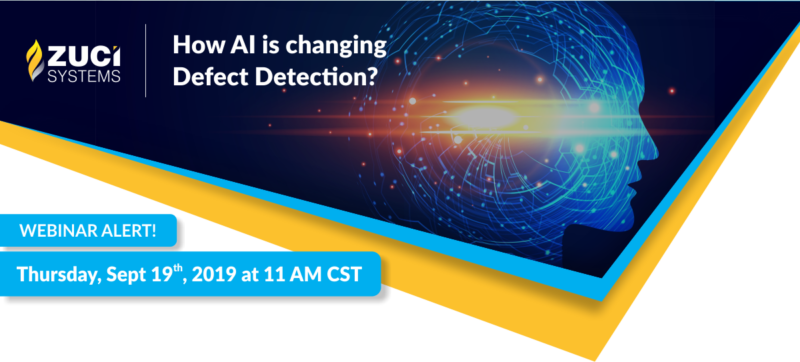Reading Time : 0 Mins
Defect Detection Using Artificial Intelligence In Software Testing – Learning From Other Industries
Bibliophile, Movie buff & a Passionate Storyteller.
“Artificial Intelligence” was one of the most searched terms in the Scopus scholarly database in 2018, joining cancer, heart attacks, and big data in the top ten.
Continuous quality improvement, a cyclical process of assessing performance, implementing improvement plans, and reassessing results is the goal for every organization across industries and software is no exception.
Effective testing helps in improving quality by identifying and removing defects early in the cycle and emerging technologies such as Artificial Intelligence and allied areas of Artificial Intelligence such as Data Sciences, Machine Learning, are expected to make a significant impact in performing better testing in the years to come.
Software testing and quality as a discipline have borrowed heavily from manufacturing and other industries. Kaizen, Kanban, Lean manufacturing, Just-in-time manufacturing, and other approaches have been used in software to improve quality over the years. Similarly, the use of artificial intelligence techniques to identify and eliminate defects in other industries can be taken as learning and applied in the world of software testing and quality. Let’s look at some examples.
Motorola takes help from “Instrumental Inc“, a company that helps in real-time defect detection of both known and unanticipated issues on manufacturing lines using machine learning algorithms. Instrumental aggregates all of the image data into a cloud database, where it can be analyzed by tens or even hundreds of machine learning algorithms to identify defects or changes that engineers care about.
The Hong Kong Polytechnic University (PolyU) has recently developed an intelligent fabric defect detection system, called “WiseEye”, which leverages advanced technologies including Artificial Intelligence (AI) and Deep Learning for quality improvement in the Textile industry.
Textile manufacturers currently rely on human efforts to randomly inspect the fabric by naked eyes. Due to human factors such as negligence or physical fatigue, defect detection by human labor is usually inconsistent and unreliable. The research team at “WiseEye” has overcome the challenge by applying Big Data and Deep Learning technologies. By inputting thousands of yards of fabric data into the system, the team has trained “WiseEye” to detect about 40 common fabric defects.
“Data” is at the heart of Artificial Intelligence and as we can see in the examples above, the path to better quality comes from past data, which is being used to train artificial intelligence systems. This is a big area of learning that can be applied from other industries to software testing and quality.
Collecting past defects, categorizing them accordingly and using them to train artificial intelligence systems can help software testing detect defects, helping to raise the quality bar in production environments.
It doesn’t matter if you are an Engineer, CTO, QA, etc. When issues arise at production, it’s a collective responsibility of everyone to detect defects, fix it and work on quality releases.
Learn more about Artificial Intelligence, Machine Intelligence, Augmented Intelligence and how influential are these technologies and their impact on Software Testing.
Looking to improve your software testing? Take a look at Zuci’s software testing services and see how you can leverage Zuci for your business needs.

[Webinar] How AI changing Defect Detection? on Sept 19, 2019, at 11 AM CST. Save your spot here
Read also, How Machine Intelligence can augment Quality Assurance
Related Posts





















